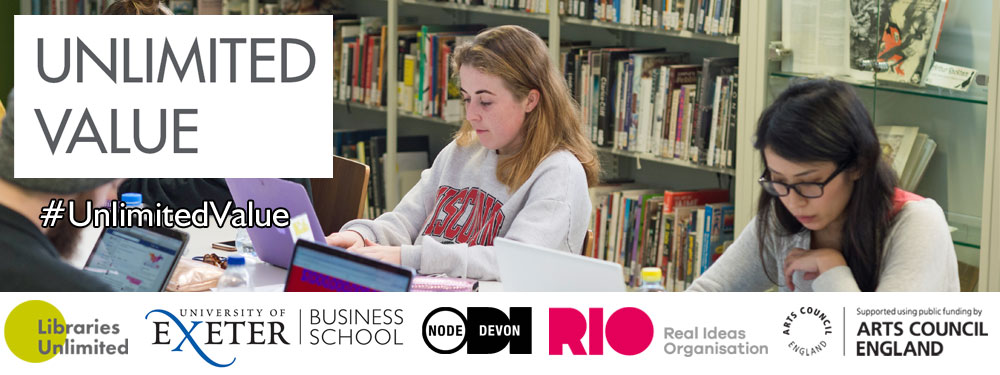Much of my working life has focussed on children and young people, both before and after I helped set up RIO with colleagues. In particular, I am interested in models and practice, in school and out, that build on the potential, interests, latent talent and innate creativity of young people, that gives them responsibility and permits them real, valued and meaningful consequences. Rather than, in contrast, approaching them as either bundles of problems and issues to be resolved, energy to be controlled, or empty vessels to be filled by pre-determined knowledge and then tested based on absorption rate!
In Aarhus I was particularly struck by a workshop delivered by the librarians working with and specialising in services for teenagers at Dokk1.
They had recently carried out a review of their services and spaces for this age group and their conclusions and actions since were very interesting.
The gist of their findings, based on feedback from young people, was that ‘less is more’. And these findings rang true for me.
Teenagers lead such busy and processed lives, full of noise, pressure and expectation. They are changing rapidly, developing different facets every few months. They are under extreme pressure to perform – whether in education or via social media. The world around them is changing dramatically and constantly. They are constantly categorised and judged. They are required to jump hoop after hoop from a very early age. And, as an aside, it is no surprise to me that popular teenage literature strands like Hunger Games and Maze Runner reflect and resonate with many aspects of a performative, divisive, competitive, pressured and judgemental society.
So when these young people are in a library they don’t necessarily want to be facilitated or developed. They don’t always want to be taught or to learn something new, to be compared or judged or awarded a badge or qualification. They want to be left alone to a large extent, in places and spaces where they feel intrinsically comfortable and welcome; to follow their interests in a gentle way, to relate to each other, and for different groups to merge and connect, to enjoy moments of peace, to catch up on work, to more slowly become themselves, or to think, write, revise or read in a free, non-commercial, diverse, quiet and companionable space among peers and fellows.
In terms of social value and libraries, this thinking has interesting implications. First, where on earth else could teenagers be this way than a library? And second, by doing less libraries can sometimes create more! It is not all about agency and activity, and about action leading to impact…
